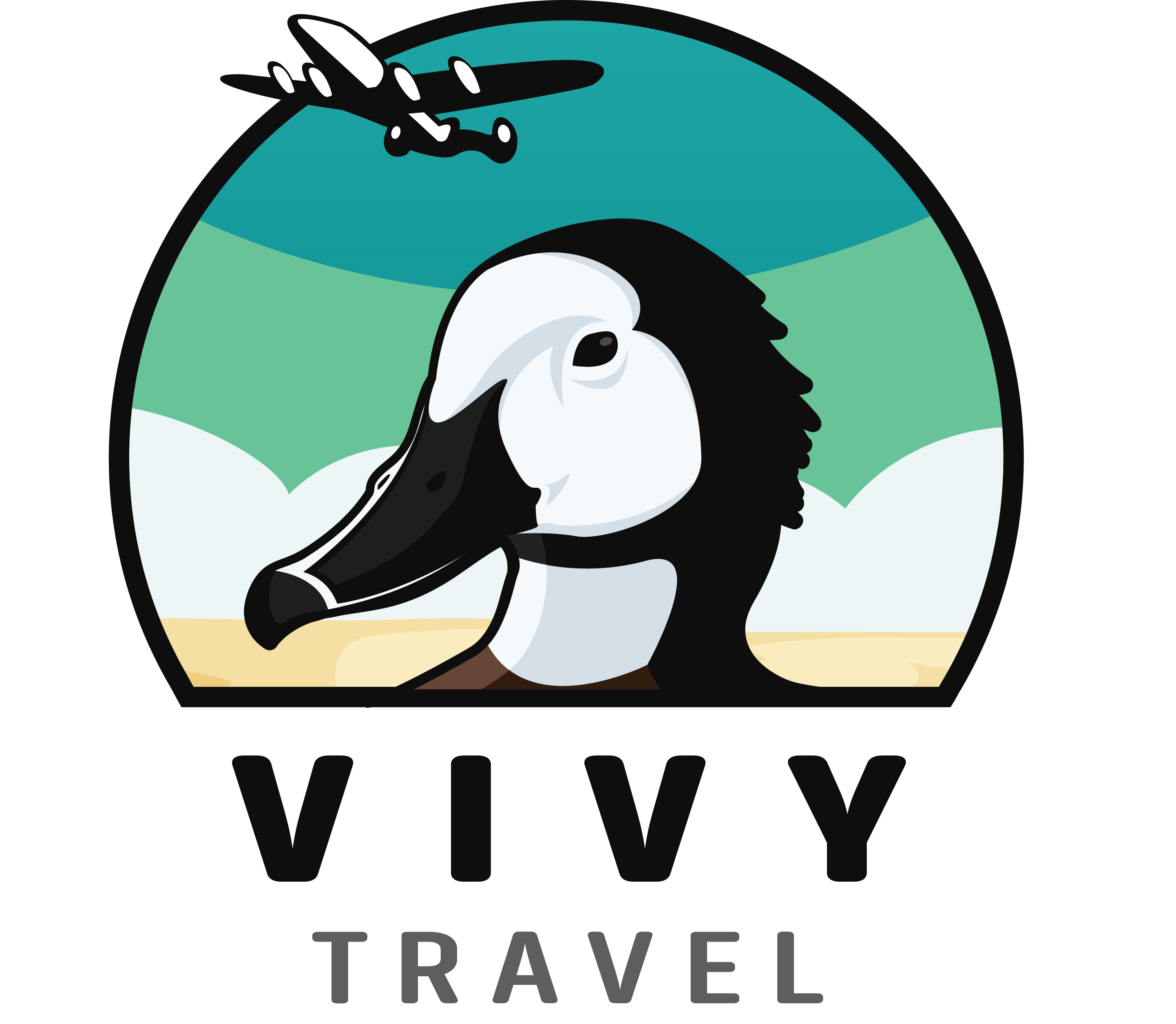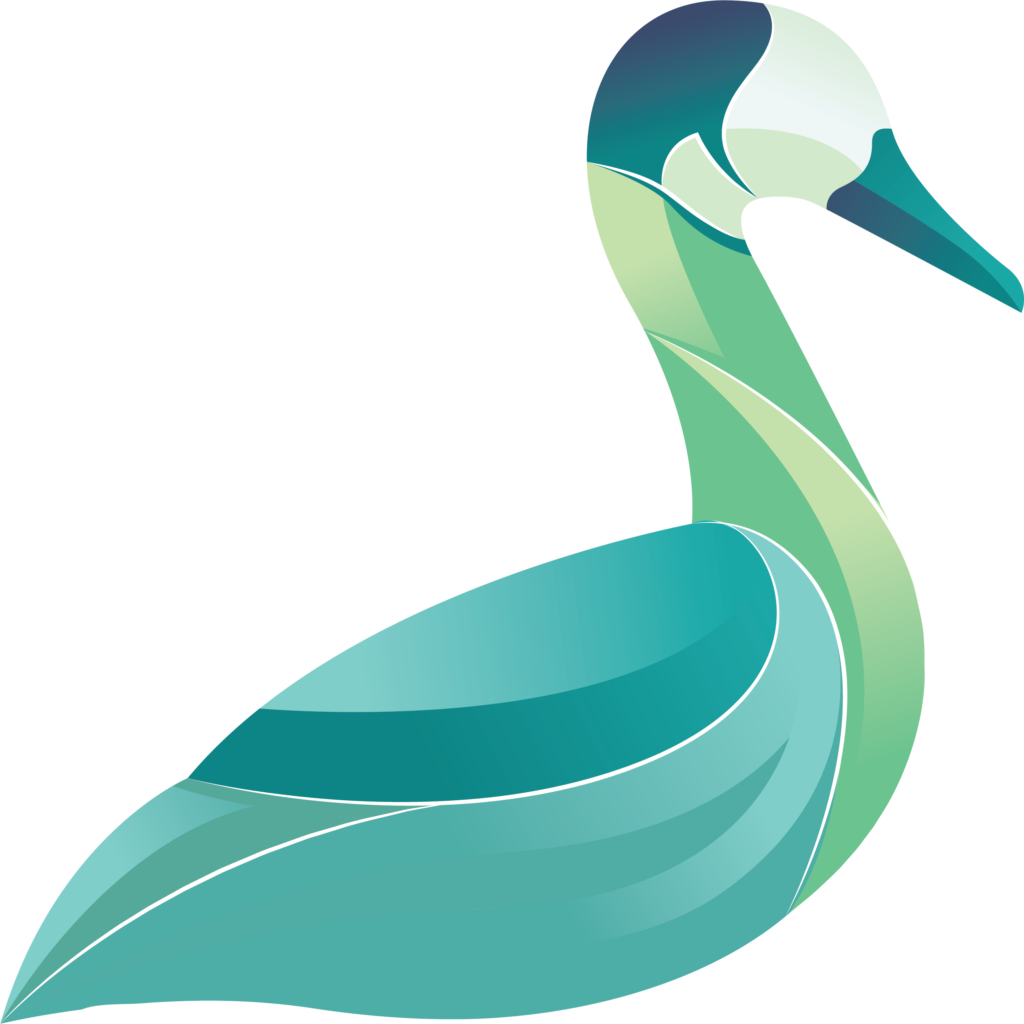On the Masoala Peninsula, accessible only from Maroantsetra, the Masoala National Park, the largest in Madagascar, generates considerable tourist interest. Bounded by the Indian Ocean to the east and Antongil Bay to the west, this park is surrounded by several protected areas. By combining the Masoala National Park with the Nosy Mangabe Special Reserve in the bay, the largest natural protected area on the island is obtained, totaling an area of 240,520 hectares. The Masoala National Park is one of six national parks on the east coast, all listed as UNESCO World Heritage Sites under the name « Rainforests of the Atsinanana » since 2010.
A park with varied altitudes
The Masoala National Park stretches across terrain of varying altitudes, ranging from sea level up to a height of 1311 meters. This topographical diversity gives the Masoala Peninsula a highly irregular relief, where a coastal plain stretches between Tampolo and Cape Masoala. To the east, the landscape descends into a coastal plain that can reach a width of 15 km. Along this rugged coastline, rocks blend with sandy bays, while marine reefs rise not far from the shore. Masoala stands out as one of the rare regions of Madagascar where the forest edge meets the sea directly. A fragile forest corridor connects the wooded expanses of the Masoala Peninsula to the Anjanaharibe-Sud Special Reserve and the Makira Plateau, showcasing the richness and natural diversity of this exceptional region.
A glimpse of the park’s biodiversity
There’s nothing quite like Masoala National Park anywhere else in the world. The forest of Masoala is one of the most lush and unique you’ll find. Within its dense vegetation thrive precious woods such as ebony, rosewood, and alongside numerous species of orchids, each displaying singular beauty, many of which remain yet to be discovered. But it’s not just its flora that makes Masoala extraordinary. Its diverse plant formations provide refuge to a remarkable variety of fauna. From reptiles and amphibians of over 60 species to 10 different species of lemurs, including the nocturnal Aye-Aye lemur, Masoala’s forest teems with life far more than one might imagine. The forest canopy resonates with the calls of over 90 species of birds, while butterflies and an astonishing variety of insects add splashes of color to the landscape, creating a truly spectacular auditory ambiance.
Among the most iconic inhabitants, as with all parks in Madagascar, none can surpass the lemurs. Species like the Red Lemur and the Eastern Avahi populate the park. And let’s not forget the remarkable birds, such as the Helmet Vanga and the Madagascar Red Owl, which add to the region’s splendor.
Getting to Masoala National Park
Getting to Masoala National Park marks the beginning of a great adventure. Access to the park is usually by sea from the town of Maroantsetra. Travelers can take a domestical flight from Antananarivo to Maroantsetra, or choose to travel by land and river from other coastal cities on the island. However, this latter option is challenging and not highly recommended unless accompanied by locals familiar with the terrain.
Once in Maroantsetra, it’s possible to rent a boat to cross Antongil Bay to the Masoala Peninsula. This crossing already provides a taste of the natural beauty awaiting visitors. During the season, it’s even possible to spot whales during the crossing. For those willing to pay the price, it’s also possible to reach Masoala by private charter flight to Maroantsetra, followed by a transfer via private boat to the peninsula.
Where to stay in Masoala?
In Masoala, several accommodation options are available, including eco-lodges nestled in the heart of the rainforest, offering visitors a more immersive experience. Notable options include lodges such as Chez Arole and Masoala Forest Lodge. Camping in the midst of nature is also an option
Guided excursions are also offered by these accommodations to explore the park’s various hiking trails and points of interest, as well as to discover the richness of its marine waters through activities such as snorkeling and kayaking.







